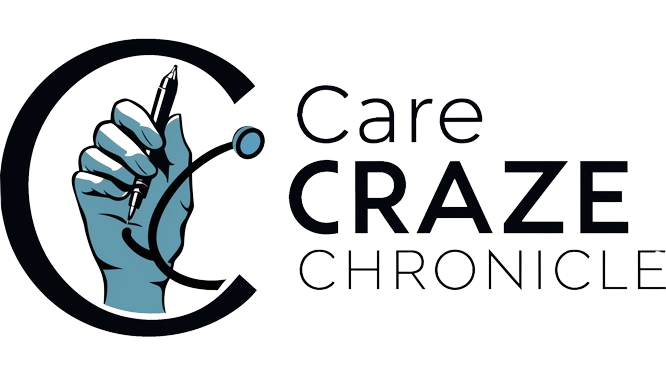- Home
- Latest
- Disease A-Z
- Healthy Living
- Nutrition Facts
- Fitness Advice
- Medical Insights
- Mental Health
Subscribe to Updates
Subscribe to the CareCraze Chronicle newsletter for the latest updates, health tips, and exclusive content delivered straight to your inbox.
Browsing: Disease A-Z
What is thyroid disease?Thyroid disease is a general term for a medical condition that keeps your thyroid from making the right amount of hormones. It can affect people of all ages.Your thyroid is a small, butterfly-shaped gland located at the front of your neck under your skin. It’s a part of your endocrine system and…
Hashimoto’s disease is an autoimmune disorder affecting the thyroid gland. The thyroid is a butterfly-shaped gland located at the base of the neck just below the Adam’s apple. The thyroid produces hormones that help regulate many functions in the body.An autoimmune disorder is an illness caused by the immune system attacking healthy tissues. In Hashimoto’s…
What is sinusitis (sinus infection)?Sinusitis is an inflammation, or swelling, of the tissue lining your sinuses. Sinuses are structures inside your face that are normally filled with air. Bacterial infections, viral infections and allergies can irritate them, causing them to get blocked and filled with fluid. This can cause pressure and pain in your face,…
What are the symptoms of trigeminal neuralgia?The main symptom of trigeminal neuralgia is sudden, intense pain in your face — usually on one side. The pain may be an electric shock-like or stabbing sensation. You may also have facial muscle spasms during the attacks. In between pain attacks, you may feel the following sensations:Burning.Throbbing.Numbness.Dull achiness.There…
OverviewTrigeminal neuralgia (try-JEM-ih-nul nu-RAL-juh) is a condition that causes intense pain similar to an electric shock on one side of the face. It affects the trigeminal nerve, which carries signals from the face to the brain. Even light touch from brushing your teeth or putting on makeup may trigger a jolt of pain. Trigeminal neuralgia…
Diagnosis Upper endoscopy Enlarge image Close Upper endoscopy Upper endoscopy During an upper endoscopy, a healthcare professional inserts a thin, flexible tube equipped with a light and camera down the throat and into the esophagus. The tiny camera provides a view of the esophagus, stomach and the beginning of the small intestine, called the duodenum.…
What causes beta thalassemia?Beta thalassemia results from a mutation (error) that limits beta-globin production in your body. Hemoglobin consists of four protein chains, two alpha-globin chains and two beta-globin chains. Mutations of the alpha-globin chain cause alpha thalassemia, while mutations of the beta-globin chain cause beta thalassemia. A deficiency of either globin chain damages and…
Causes Tuberculosis (TB) is caused by a bacterium (or germ) called Mycobacterium tuberculosis. When a person breathes in TB germs, the germs can settle in the lungs and begin to grow. From there, they can move through the blood to other parts of the body, such as the kidney, spine, and brain. TB bacteria can…
We include products we think are useful for our readers. If you buy through links on this page, we may earn a small commission. Here’s our process.How we vet brands and productsHealthline only shows you brands and products that we stand behind.Our team thoroughly researches and evaluates the recommendations we make on our site. To…
Key factsA total of 1.3 million people died from TB in 2022 (including 167 000 people with HIV). Worldwide, TB is the second leading infectious killer after COVID-19 (above HIV and AIDS).In 2022, an estimated 10.6 million people fell ill with tuberculosis (TB) worldwide, including 5.8 million men, 3.5 million women and 1.3 million children. TB is present in all…
